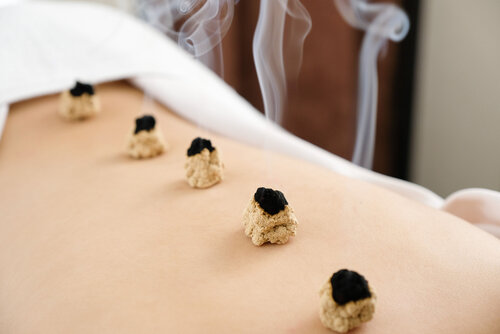
The Role of TCM in Treating Arthritis and Fibromyalgia
Posted by Jarrett Simon on 2023-02-20
There are many advantages to using TCM (traditional Chinese medicine) to treat chronic conditions. One of them is its parallelism with Western physiology. Another is the fact that it has been known to be very effective in treating such conditions, including arthritis and fibromyalgia.
Acupuncture
Acupuncture has been shown to be effective in treating a variety of conditions. It is particularly effective for patients who have not responded to standard treatments. Among its main benefits, acupuncture can alleviate pain, reduce inflammation, and improve blood flow.
Chronic musculoskeletal pain is a common complaint. It affects patients' health, productivity, and quality of life. Pain-related diseases have become the leading cause of disability globally.
Fibromyalgia is a chronic condition that causes widespread, long-term pain and fatigue. It is characterized by nerve sensitivity, which leads to intense pain. Patients also have other symptoms.
Research suggests that acupuncture has short-term benefits for fibromyalgia, including the reduction of pain. However, more high-quality evidence is needed to confirm its effectiveness.
Acupuncture is believed to produce natural chemicals in the brain that ease pain. It has also been shown to increase mood and improve coping skills.
Studies have found that acupuncture may be effective for several types of pain, including menstrual cramps, headaches, and low back pain. During the treatment, the patient is usually asked to sit down and remove clothes. During the acupuncture session, several points are used, and the needles are generally very fine.
Moxibustion
Moxibustion is a traditional Chinese medicine technique that uses the heat of burning a herb on the skin. This helps to improve the flow of Qi, the body's vital energy, and to remove pathogenic influences. It has been used for many different health conditions.
Acupuncture is another type of moxibustion therapy, and the two are often combined to increase the effect of the treatment. In addition to relieving pain and inflammation, it also helps to strengthen the immune system.
Moxa acupuncture has been shown to help a number of different ailments, including sciatica, fibromyalgia, and arthritis. It is used in the treatment of gynecological problems, as well.
According to moxibustion theory, the burning of the moxa stimulates the acupoints in the body. The moxa is then removed after the treatment is complete. After the treatment, the patient should not touch the area of the moxibustion.
There are two types of moxibustion: direct and indirect. Direct moxibustion uses a dry leafy material of Chinese mugwort.
Cupping therapy
Cupping therapy is a complementary type of medicine that has been used for thousands of years to treat a wide range of medical conditions. It has been found to reduce pain, fatigue, and inflammation and improve blood circulation.
Cupping is a procedure that involves a suctioning cup that is applied to the skin. The suction causes micro-trauma, stimulating healing and increasing blood flow to the area. This can be particularly beneficial for patients with certain types of blood disorders.
The mechanisms of action of cupping are not well understood. However, there are several theories. Most focus on the biological or mechanical basis of the therapy.
According to the somatic stimulation theory, the skin is stimulated through the spinal pathways. This results in a significant increase in blood flow and organ function.
According to the conditioned pain modulation theory, cupping may influence the way pain is transmitted. In addition, local vibration during cupping therapy triggers the activation of DNICs. These DNICs are part of the pain-gate network.